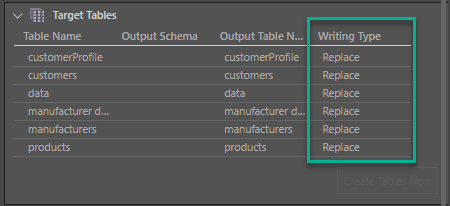SFTP (SSH) and FTP
You can connect an SFTP (SSH), FTP, or FTPS target to the data flow, and load the ETL into the target as a delimited Text file. While these are different target types, they are configured in the same way in Data Flow.
The FTP node lets you load the Data Flow into your regular File Transfer Protocol (FTP) or to you secured File Transfer Protocol (FTPS). The SFTP (SSH) node lets you load the Data Flow into your Secure File Transfer Protocol (SFTP), which uses Secure Shell (SSH) to transfer files securely.
Configure the SFTP or FTP Target
To load the ETL into an FTP or SFTP (SSH) target, add the FTP or SFTP (SSH) node from the Targets panel to the data flow.
From its Properties panel, select the required target from the server list drop-down, then choose the required Directory and provide the folder path. The path can be a static value pasted in the Folder Path field, or you can create a dynamic PQL expression in the PQL editor.
Next, click 'Connect All' to connect the target to the data flow.
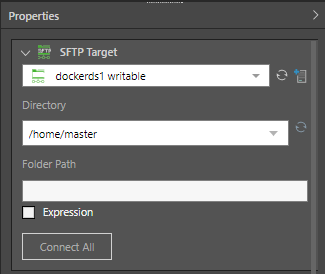
File Properties
From the File Properties window, set the properties of the file output:
- Encoding: provide the character encoding set for the new database file.
- Delimiters: select or enter the value delimiter.
- Text Delimiter: enter the text delimiter.
- Headers: if the file's first row is made up of column names, enable 'First row has column names'.
- Click here to learn more about Text file properties.
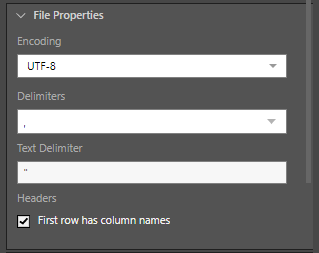
Target Tables
From the Target Tables window, you can rename the table outputs and change the writing type.
- Click here to learn more about target tables.
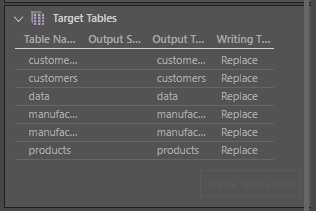
Description
Expand the Description window to add a description or notes to the node. The description is visible only from the Properties panel of the node, and does not produce any outputs. This is a useful way to document the ETL pipeline for yourself and other users.
Run the ETL
As there is no database or in-memory destination, the Data Model and Security stages are not relevant. Skip these steps and simply run the ETL from the Data Flow.
In this example, the user connected the data flow to an SFPT target; the server, directory, and folder path were provided in the Target properties (green highlight below).
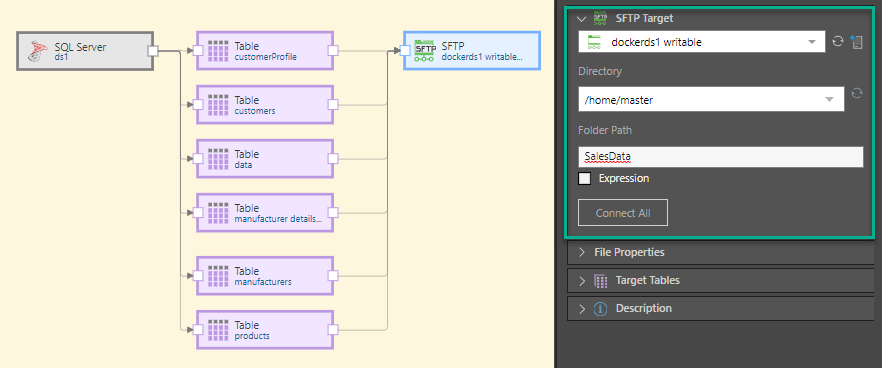
The encoding, value delimiter, and text delimiter were set form the file properties:
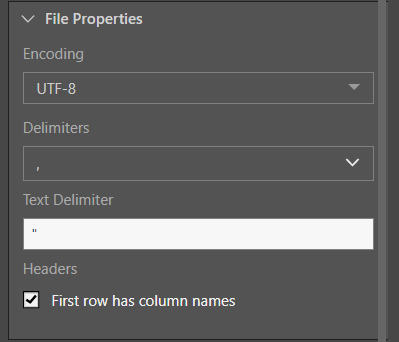
And finally, the writing type was set for each table:
